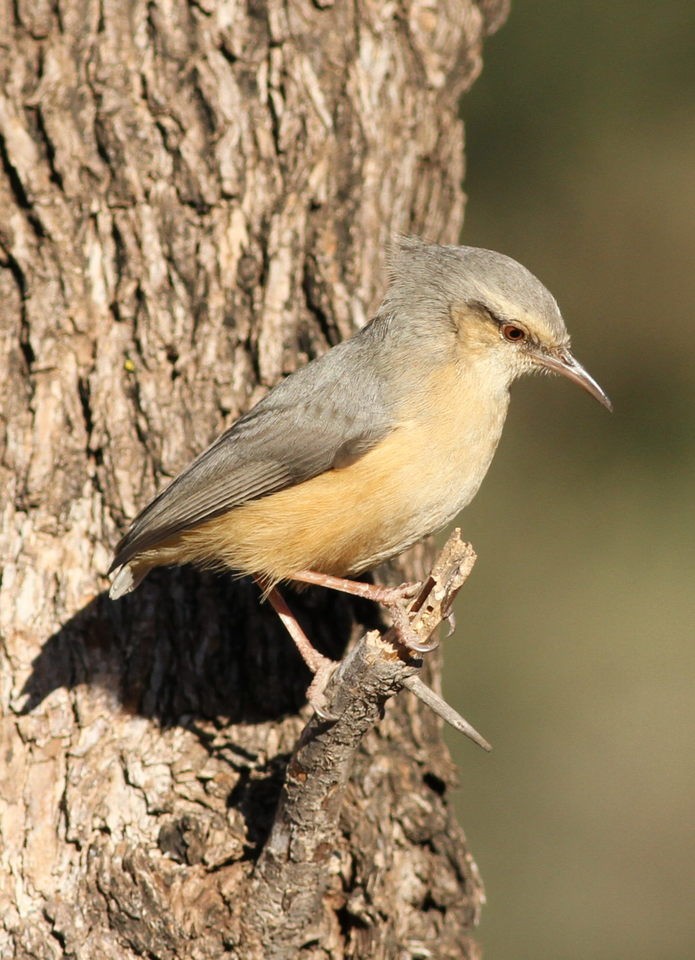Long-billed Crombec
A species of Crombecs Scientific name : Sylvietta rufescens Genus : Crombecs
Long-billed Crombec, A species of Crombecs
Botanical name: Sylvietta rufescens
Genus: Crombecs
Content
Description General Info
Description
The long-billed crombec is a small, nearly tailless bird 12 cm long and weighing around 16 g. Its upperparts are brownish grey-brown, and there is a pale grey supercilium, separated from the whitish throat by a dark eye stripe. The whitish breast shades into the buff belly. The long slightly curved bill is blackish. The sexes are similar, and the juvenile resembles the adult. The call is a variable series of trilled notes including trreee-rriiit trreee-rriiit and a harsh pttt. 
Size
11 cm
Nest Placement
Shrub
Feeding Habits
Long-billed Crombec primarily feeds on insects such as mantids, beetles, caterpillars, ticks, and occasionally grass seeds. It forages alone or in pairs, sometimes joining mixed-species groups, by agilely hopping in undergrowth up to 3 meters high, gleaning food from twigs, leaves, and branches.
Habitat
The long-billed Crombec is typically found in drier savanna habitats characterized by dense bushes or scrubby vegetation. It thrives in secondary and light mixed woodlands, which have a well-developed understory, and in regions with open mopane woodland. The long-billed Crombec is also known to inhabit areas with acacia scrub and may occasionally be seen in arid zones and gardens. It has a preference for lower altitude environments but is not found in brachystegia woodlands.
Dite type
Insectivorous
General Info
Feeding Habits
Bird food type
Behavior
The long-billed crombec's nest is a large, hanging bag of grasses, spider webs, and plant fibres, which is attached to the lower limbs of a tree, often an Acacia. The one to three white eggs are incubated for two weeks to hatching, and the chicks are fed by both parents for another two weeks to fledging. This territorial species is monogamous, pairing for life. This bird is usually seen alone, in pairs, or in family groups as it forages methodically from the bottom to the top of bushes and trees for insects and grass seeds. It will join mixed-species feeding flocks. It moves between trees with a bouncy flight. 
Species Status
This common species has a large range, with an estimated extent of 4,500,000 km². The population size is believed to be large, and the species is not believed to approach the thresholds for the population decline criterion of the IUCN Red List (i.e. declining more than 30% in ten years or three generations). For these reasons, the species is evaluated as least concern. 
Scientific Classification
Phylum
Chordates Class
Birds Order
Perching birds Family
African warblers Genus
Crombecs Species
Long-billed Crombec 